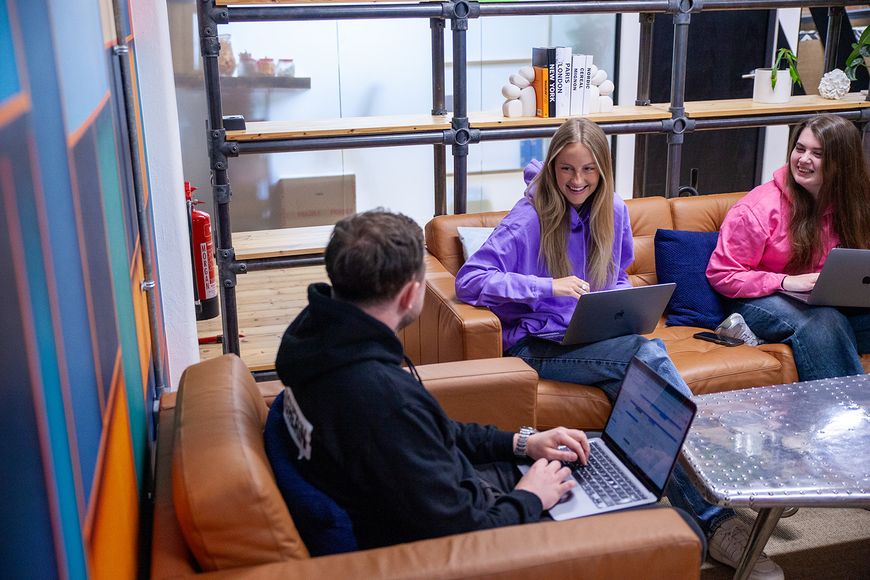
The 5 Stages of Applying for a Placement
Doing a placement year while you’re at university will dramatically improve your chances of getting a job after you graduate.
However, applying for a placement is a little tricky. So we’ve put together a five-step guide to help you through the process.

Step 1: Start your placement search early
Although all the fresher's events and getting back into the swing of things tend to take priority in September, you definitely need to start having a think about your year in industry search for the best chance of success.
So start looking in September. Have a browse on our website. Get an idea of what placements are available. And keep up-to-date with our Top Student Employers.
Most of all, ensure that your profile is complete so that we can email you tailored job opportunities according to your preferences.
Here are more Higherin features to help you:
Shortlist and follow your favourite companies – a great way to keep track of them and the jobs they have
Browse student-written reviews and get to know the company before you apply
Create notes and to-do lists on your application tracker
Add the job to your digital calendar to remind you to apply
If the impossible happens and you don’t find anything on the website that tickles your fancy, you can register your interest for future jobs.
Need a placement timeline to help keep your progress in check? Don’t worry, we’ve got you!
SEE OUR PLACEMENT TIMELINEStep 2: Perfect the early application stages
For the best chance of landing a placement, you will need to personalise your CV and cover letter for every application, which can be time-consuming. So, to save you some time in working out how to write them, we have two blogs just for you:
WRITING A PLACEMENT CV WRITING A PLACEMENT COVER LETTERMake sure you use the job description and company website to your advantage. Put key skills they want from the job description, company values and current projects they are working to demonstrate you are the perfect candidate.
Even though it will take time, don’t just apply for your dream job or your dream company.
Even if you aren’t 100% sure of a role, apply anyway because you might get to the interview stage and find you love their vibe – and if not, it’s still great practice.
Step 3: Dealing with rejection
It’s never nice to get a rejection from a job offer, but it’s bound to happen at some point. So, what you need to do is make sure you can appropriately deal with it so you can move on to your next application even better.
Try asking for feedback from the company, what made them think you weren’t the best fit. Sometimes this is hard to do, so you can often work it out yourself by what stage you were rejected at.
Was it during the interview stage? Your CV? Or something else. Work on these elements so you can come back better prepared. Early rejection is a learning experience, nothing that is truly meant for you will pass you by.
Keep your head up and keep moving forward.
Step 4: Prepare for your interview
Once you’re at the interview stage, you are so nearly there!
Although it’s much easier said than done, try not to stress. Remember the interview is all about you, show off a little.
It’s quite common to do an interview both online and in person so be prepared to do both. Always dress professionally and act friendly.
QUESTIONS TO ASK AT YOUR INTERVIEWStep 5: Nail your assessment centre
Most employers include an assessment centre as part of the final selection process. It’s the final hurdle. So make sure you read our top tips on placement assessment centres.
An assessment centre is like an extended interview that includes ice-breaker activities, group tasks, possibly psychometric tests and even a presentation.
This may sound daunting, but trust every other candidate will be feeling the same way. Embrace the nerves and channel them into excitement. You’re nearly there!





















